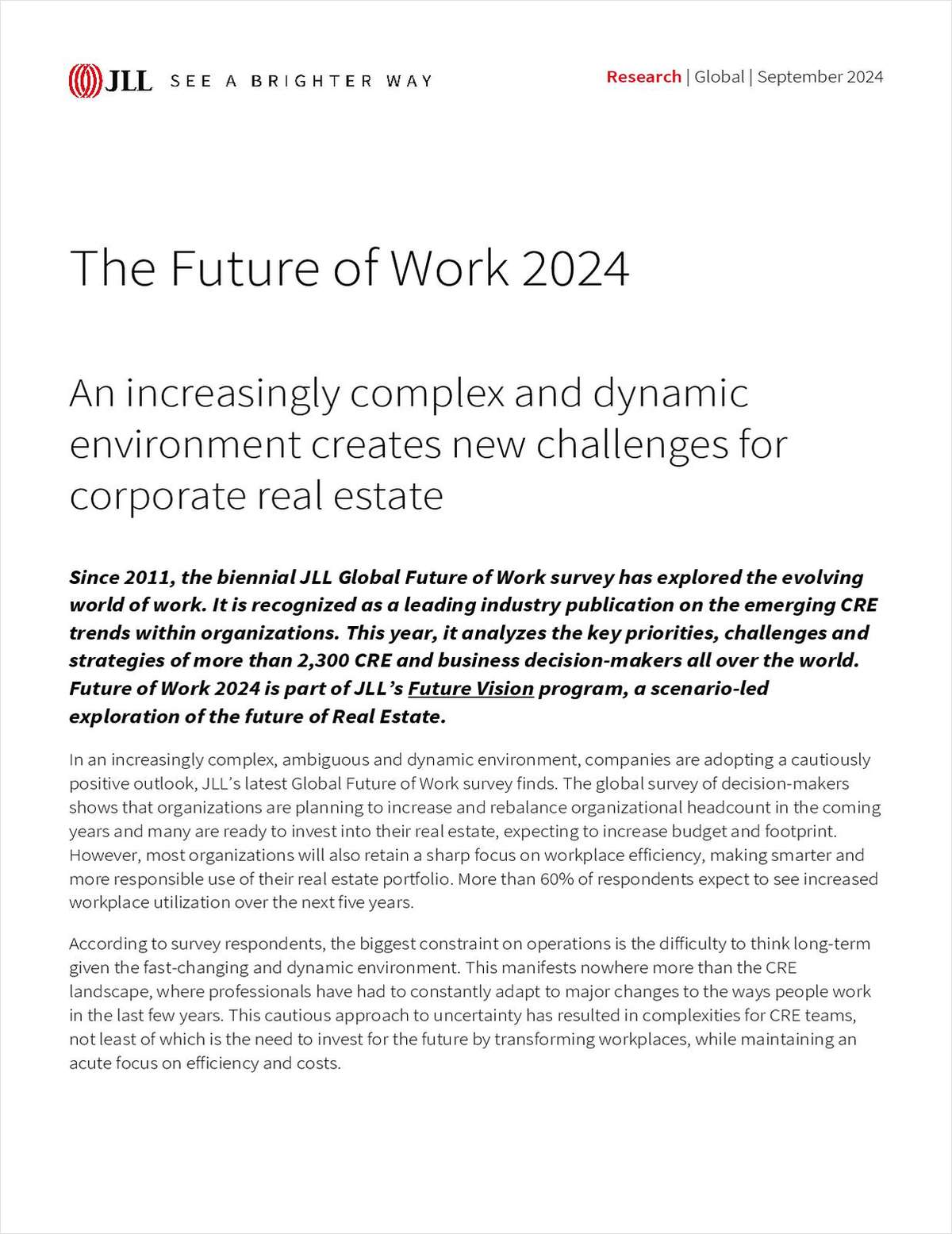In its mid-year US Property Market Review, ProLogis said "weakness from the sluggish US economy has begun to spill over into the nation's top distribution property leasing markets," pushing the overall vacancy rate in the to 8.3% from 7.8% at the start of the year and knocking down asking rents for the first time in more than three years.
The good news is that demand for distribution space held up "surprisingly well," according to the report, and that the development pipeline appears to be slowing to a trickle thanks to tighter lending standards, more cautious equity capital and more prudence on the part of the major, well-capitalized developers.For the top 30 markets, net absorption remained positive at 36 million sf during the first six months of the year, which ProLogis described as "a far better showing than real estate analysts had foreseen." The net absorption means occupied space (or realized demand) grew at a 1.4% annual rate during the first half of the year, which compares to 2.5% annual growth for all of 2007.
In its construction pipeline report, it found completions increased through the first half of the year while new construction starts contracted sharply. New deliveries amounted to 77 million sf during the first half of 2008 versus 68 million sf during the second half of 2007 and 56 million sf during the first half of 2007, while new construction starts totaled 16 million sf during the second quarter of 2008 versus 29 million sf in the first quarter and 40 million sf in the fourth quarter of 2007.
Looking ahead, ProLogis said it is expecting to see a sharp drop in completions during the second half of 2008 as well as fewer new starts. The company is estimating that new starts for all of 2008 will come in at approximately 65- to 70 million sf, which would represent a 50% reduction from 2007. It also predicts that when new starts do bottom out during the current downturn the bottom will be lower than the previous low—28.5 million sf in the second half of 2002. New completions in the second half of the year are expected to come in below 60 million sf and be even lower during the first half of 2009.
ProLogis also said it is likely that the major funding sources for commercial real estate will all still be intact and functioning, including the CMBS markets, when the current turmoil in the financial markets dies down. The difference will be higher interest rates and more stringent lending standards than in mid-2007.
"The main risk to the nation's bulk distribution property markets is still an interruption in the U.S. economic expansion, triggering a cyclical downturn," concludes the US property Market Review. "While we have highlighted this risk in previous reports, it is as crucial and relevant today as it was six or twelve months ago. Indeed, analysts and economists are as uncertain about the near-term U.S. economic outlook today as they were six months ago. Counterbalancing this risk to some degree is the likelihood of continuing sharp cutbacks in new construction. New starts have already plummeted, and deliveries will follow suit in coming months. The near-term outlook is as uncertain today as it was six months ago [but] with new construction contracting so sharply the distribution property leasing markets should hold up better this time than they did during previous cyclical downturns."
Want to continue reading?
Become a Free ALM Digital Reader.
Once you are an ALM Digital Member, you’ll receive:
- Breaking commercial real estate news and analysis, on-site and via our newsletters and custom alerts
- Educational webcasts, white papers, and ebooks from industry thought leaders
- Critical coverage of the property casualty insurance and financial advisory markets on our other ALM sites, PropertyCasualty360 and ThinkAdvisor
Already have an account? Sign In Now
*May exclude premium content© 2024 ALM Global, LLC, All Rights Reserved. Request academic re-use from www.copyright.com. All other uses, submit a request to [email protected]. For more information visit Asset & Logo Licensing.








